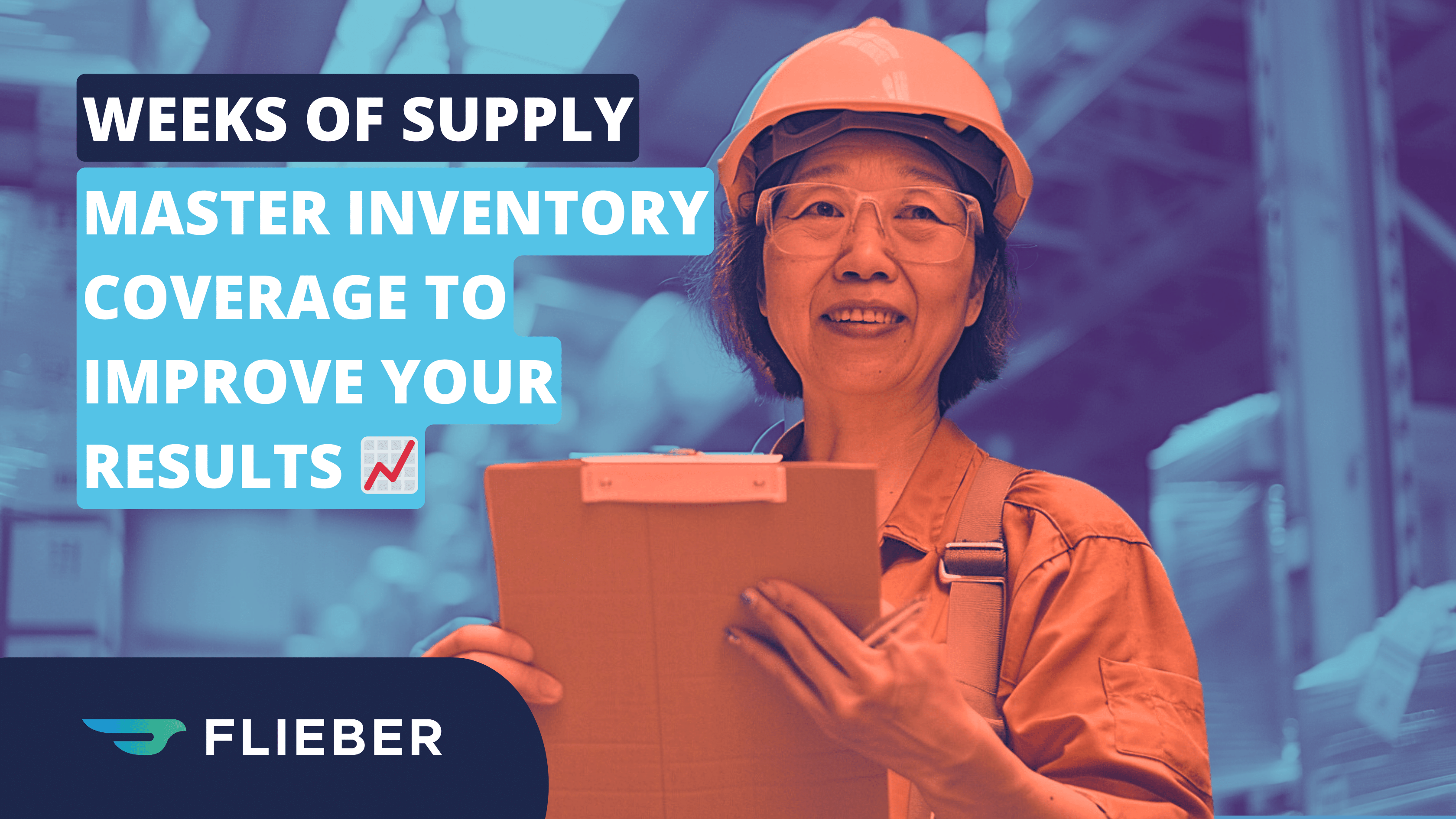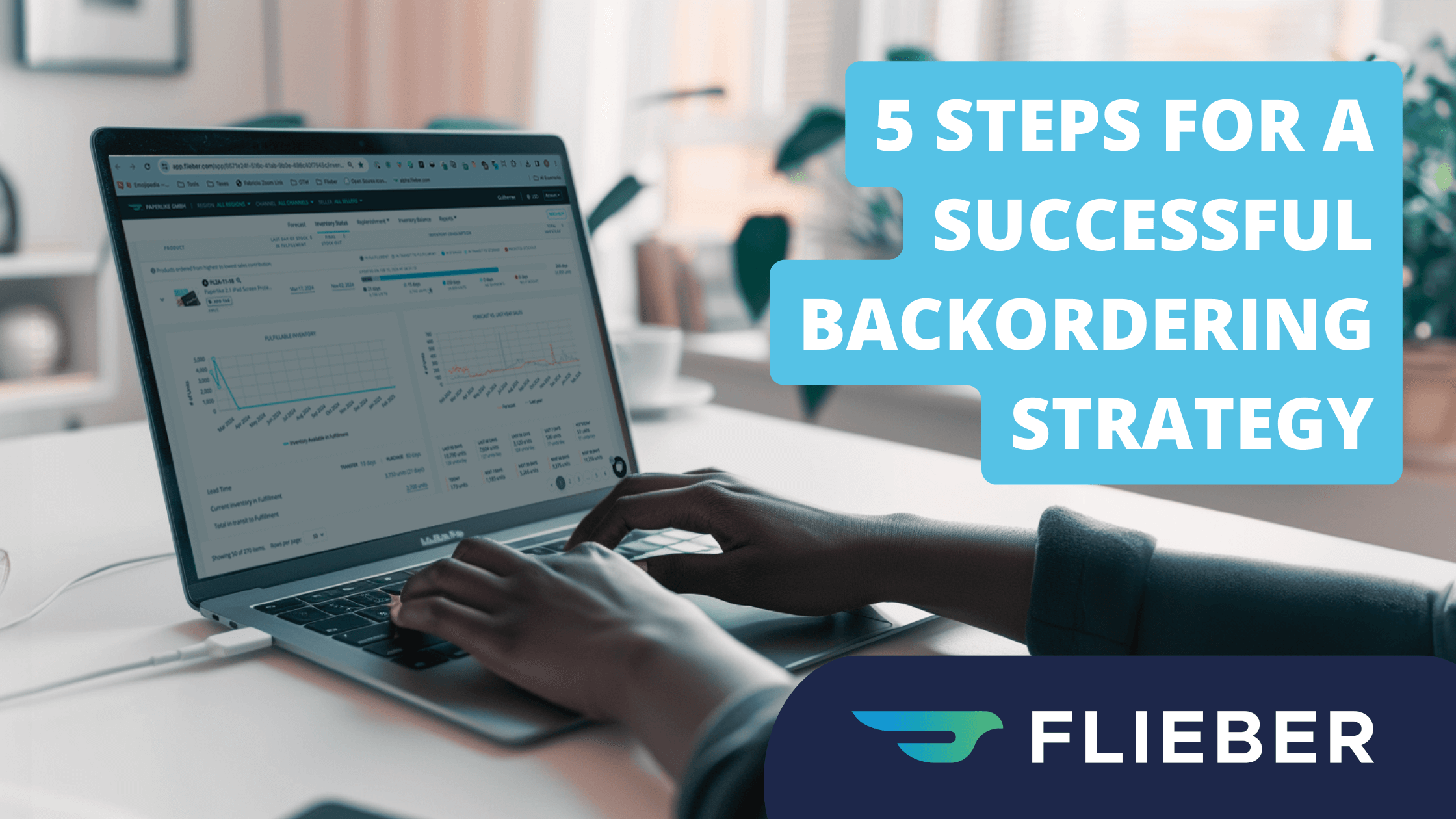You have a profitable online store with fantastic products to pull shoppers through your digital door—but if you want recurring sales and revenue, it’s actually what happens after the sale that keeps customers coming back for more.
Yet few ecommerce brands give the post-purchase experience the attention it deserves.
And we get it. As an ecommerce seller, you have a million tasks to manage, so why waste time on post-sales when you could focus on pulling in sales right now?
But providing a phenomenal post-purchase experience can reduce buyer’s remorse and encourage repeat orders, and with the US economy losing a shocking $1.6 trillion to poor customer service, it’s definitely worth the sweat.
In fact, customer-centric companies like Amazon are 60% more profitable than their counterparts—but that doesn’t mean you should let Amazon have all the post-purchase glory.
Today, we’ll share why mastering the post-purchase experience on your own sales channels can help you reach your growth goals, without being dependent on Amazon. Let’s get into it!
Table of contents
- What is the post-purchase experience?
- Why your post-purchase experience is crucial to scaling your business
- 9 steps to a post-purchase experience that keeps customers coming back
- Crush your post-purchase experience, gain control of your brand
Does your post-sale experience need a makeover? Discover how Flieber can give your brand a fresh start.
What is the post-purchase experience?
The post-purchase experience is the journey your customers take after they’ve made a purchase. It’s the buyer’s journey finale and one of the most important stages for driving customer loyalty and satisfaction with your brand.
From super-sleek fulfillment to timely feedback requests, a lot goes into crafting a post-purchase experience that turns wary shoppers into raving fans (more on this in a minute).
Some typical post-purchase experiences include:
- Fast shipping and delivery
- Order updates
- Product care tips
- Simple returns process
Ready to get ahead in ecommerce? Find out how Flieber can rocket your brand to success.
Why your post-purchase experience is crucial to scaling your business
Like many online sellers, you probably dedicate most of your efforts into securing sales. But when you optimize your post-purchase experience, you stand to win a whole lot more than new orders.
Here are a few benefits you can expect when you deliver a fantastic post-purchase experience:
- Reduce your marketing spend: It’s no secret that it costs significantly more to find new customers than to nurture and sell to existing customers (we’re talking anywhere between 5X-25X).
- Boost your revenue: One of the best things about improving your post-purchase journey is the additional cash you’ll rake in that you can then reinvest into your business or use to pad up your savings.
- Cut down on churn: Long-term customers are vital for growing a sustainable business. When you provide a phenomenal post-purchase customer experience, it can positively affect your retention rates. 📈
9 steps to a post-purchase experience that keeps customers coming back
Now that we’ve cleared up why the post-sale experience matters, let’s dive into how to really turn heads post-sale.
- Use technology to get ahead
When it comes to optimizing your post-purchase customer experience, technology is your best friend.
There is no shortage of tools out there to help sharpen your post-sale journey, from helping you say ‘thank you’ to crafting complex segmented audiences for personalized follow ups. When you outsource tasks to tech, you win back more time to craft strategies and products that improve your pre- and post-purchase experience.
Here are some tasks you can hand over to software tools:
- Email sequences
- Survey generation and distribution
- Upselling and cross-selling
- Sending product refill reminders
- Personalized product recommendation
- Make customers feel amazing about their purchase decisions
When a customer shops with you via Amazon, they get a brown box and an email asking them to review their order. For the most customer-centric company in the world, it’s hardly a ‘wow’ experience.
One great way to make your store more memorable is to build excitement and anticipation into your post-purchase messaging.
Here are a few ways to make customers feel great about their latest order:
- Remind customers of all the benefits they’ll get from their purchase and add a little extra swag or freebie in a well-branded package.
- Use emails to build relationships with your customers and find out more about them. (Emails have the highest marketing ROI, pulling in $42 for every $1 spent, so they’re worth the additional effort).
- Give people the option to share and discuss their purchase, e.g, access to a dedicated Facebook group or a simple share button on the order confirmation page.
- Optimize your transactional emails to hook shoppers in for good
Transactional emails are hidden goldmines.
With welcome emails rating 9X higher than bulk emails and the average revenue 2-5X higher than broadcast emails, you don’t want to miss this step. 🌟
Transactional emails (think: order receipts, delivery alerts, etc.) take their lead from consumer behaviors, customers are more engaged with these emails because they’re actively expecting their product. You can make some serious bank by giving your transactional emails some TLC.
Here are a few customer touchpoints that fall under the transactional email umbrella:
- Registration / welcome emails
- Order confirmations
- Shipping notifications
- Cart abandonment emails
- Feedback requests
Since you’ll have more eyeballs on your transactional emails, they provide the perfect opportunity to wow your customer. This could be through special coupons, free downloadable gifts, or hard-to-resist limited-time offers.
Finally, give shoppers the chance to be part of your community by encouraging them to sign up for your newsletter, so you can continue to connect with them even after the sale’s been finalized.
- Be a helpful resource your customers can rely on
Want a post-purchase experience that’ll woo customers away from Amazon and keep them coming back to your own sales channels?
There’s one key area you can dominate that Amazon doesn’t: content.
Make it your mission to give customers everything they need so they don’t have to go elsewhere. Share information on how buyers can get the most from their new products, and invest in community-driving content to help them achieve their dream goal or lifestyle. Make it clear that you support them in a way Amazon never can or will.
Here are some tips to get you started:
- Provide product care tips to frame your brand as an authority customers can trust.
- Suggest different ways to use your items to increase dwell time on your site.
- Hold Q&A sessions about topics that interest your buyers.
- Guide shoppers on their frequently asked questions to improve conversions.
5. Iron out kinks in your supply chain for a smooth post-purchase journey
Another key to keeping your customers happy post-sale is to get your supply chain in check.
For example, if you offer next-day delivery on your site, your logistics provider should fulfill it every time. If you provide free returns, don’t deduct money from the refund amount as it leaves a bad taste in shoppers’ mouths (yep, this actually happens!)
The right inventory optimization solution can help avoid stockouts and, to be 100% sure you’re covered, make sure to secure backup suppliers, stock, and third-party fulfillment providers that can come to your rescue when unexpected problems pop up.
With a smooth supply chain, you’ll avoid disappointing the customers you’ve worked so hard to get, and you can start to build your reputation as a reliable store worthy of your customer’s ongoing trust (and business!).
- Use customer feedback and analytics to sharpen your post-purchase experience
There’s no one more qualified to give you the real scoop on your post-purchase customer experience than, you guessed it: your shoppers.
And with 76% of consumers expecting businesses to understand their needs, it’s a good idea to find out what those needs actually are.
Here’s how to tap into your customer wants and needs in the post-purchase experience:
- Ask shoppers to uncover their post-sale journey likes and dislikes by sending surveys and polls, asking customers questions on social media, and holding focus groups.
- Ask customers to submit photos and videos with their reviews (for more engagement, aim to personalize and incentivize feedback requests). Then repurpose into social media content to build loyalty and encourage more sales.
- Ask shoppers their thoughts about your competitors’ post-purchase experience. This will uncover what your competitors are doing well (or not). Think: Focus groups or face-to-face surveys.
- Combine all your findings with analytics data from your website to get a clearer understanding of customers’ post-purchase behavior, so you can tweak your customer experience to suit them better.
- Go multichannel to gain control over your post-purchase customer experience
Marketplaces like Amazon and eBay are great for boosting sales and establishing your brand—but you’re basically just renting customers.
Most platforms have strict communication rules which prevent you from building strong relationships and a memorable post-purchase journey.
Lucky for you, there’s a work-around: sell products on your own website and promote them consistently. A move like this will give you more say over how people experience your brand’s personality to attract its true fans.
Here are a few ways to encourage more people to transition to your website:
- Offer exclusive promotions, products, and discounts.
- Hold community-building competitions and discussions.
- Streamline your checkout experience to compete with market leaders.
Worried a multichannel store will be too much work? Find out how Flieber can help you manage this step up painlessly.
- Implement droolworthy cross-sells and upsells
Personalized upsells and cross-sells are a great way to add post-sale value to customers.
For example, if you sell a product that needs refills or has an expiration date, you can time your upsell and cross-sale offers to meet these dates. You could also recommend products your customer may like on your ‘thank you’ page at a discounted rate.
When you take this strategic approach, customers will be less likely to view you as a business trying to make a quick buck. Instead, they’ll see your services as helpful and convenient, which can spike sales.
- Make your returns and exchange process painless
Some brands think hiding their returns information will make customers less likely to send goods back, but this couldn’t be further from the truth.
Returns are part and parcel of ecommerce, with the average return rate for online orders sitting at around 20%. Allowing customers to return items easily can give you a competitive advantage and increase your customers’ respect for your brand.
Here are few things you can do to make your return process hassle-free:
- Ensure your 3PL can handle the return volume you anticipate.
- Clearly explain your returns and exchange policy on your website.
- Include the relevant paperwork in the order or offer printless drop-offs.
- Communicate every step of the way. Your customers shouldn’t have to chase you for updates on when they’ll receive a replacement or refund.
- Get the funds or product to your customer as soon as possible.
This approach will make customers more willing to shop in your store again, even if the item they bought wasn’t a good fit. Think of it as a small loss for future gains.
Crush your post-purchase experience, gain control of your brand
Post-purchase dissonance is rife in online stores today—but there’s a silver lining. Your competitors’, and even Amazon’s, lack of attention for post-order experiences gives your store the chance to stand out by using this crucial part of the online shopper’s journey to bring your customers closer.
Technology and customer feedback will become your trusted allies on this journey, helping you understand purchasing behaviors and optimize your inventory to keep them coming back for more.
It takes work to build a post-purchase sequence that keeps you connected to your customers, so set your mind for the long haul, continue to experiment, and stay motivated. Trust us. Your effort will be worth it.
Ready to take your post-purchase experience to the next level? Learn how Flieber can help.
Written by Fabricio Miranda, CEO & Co-Founder at Flieber






